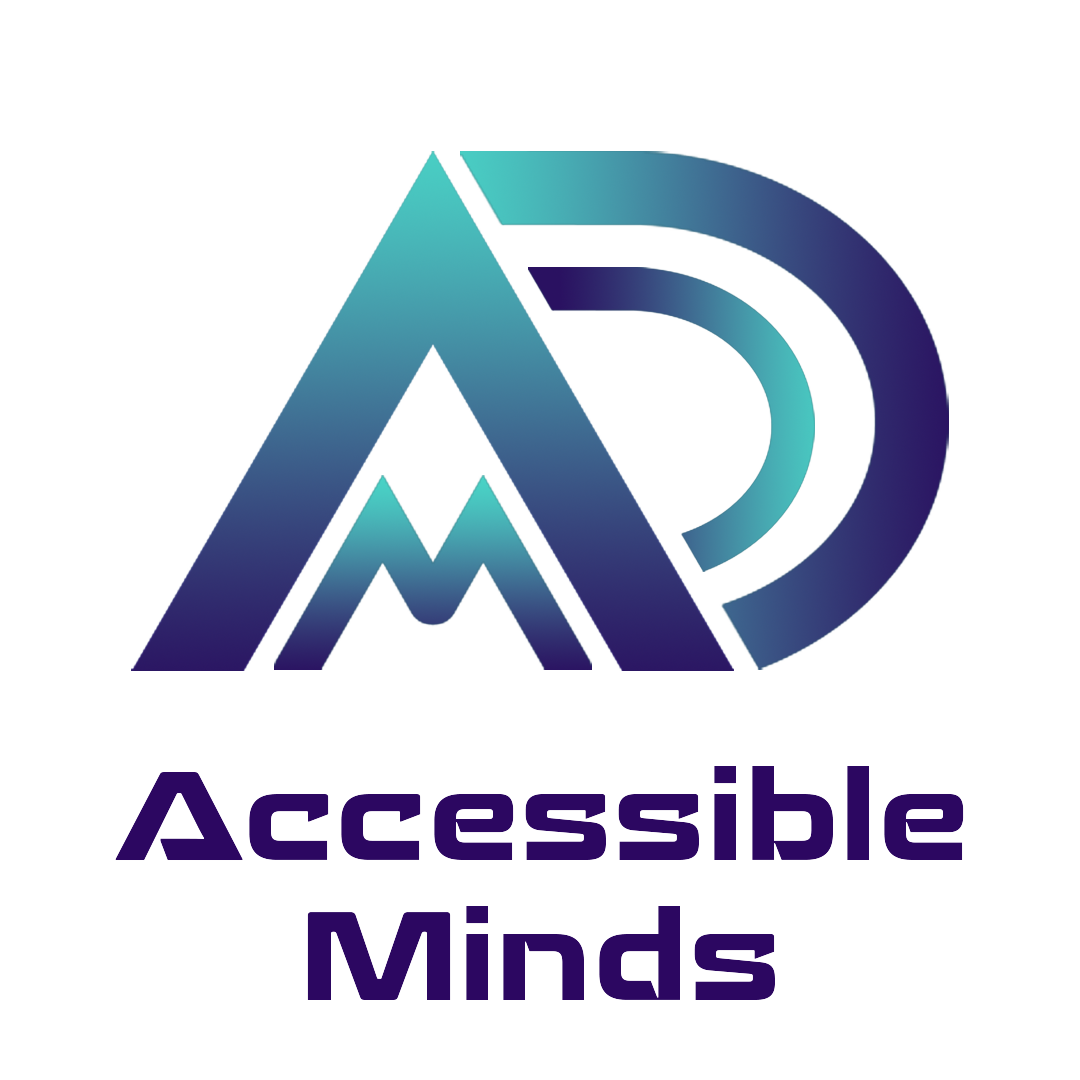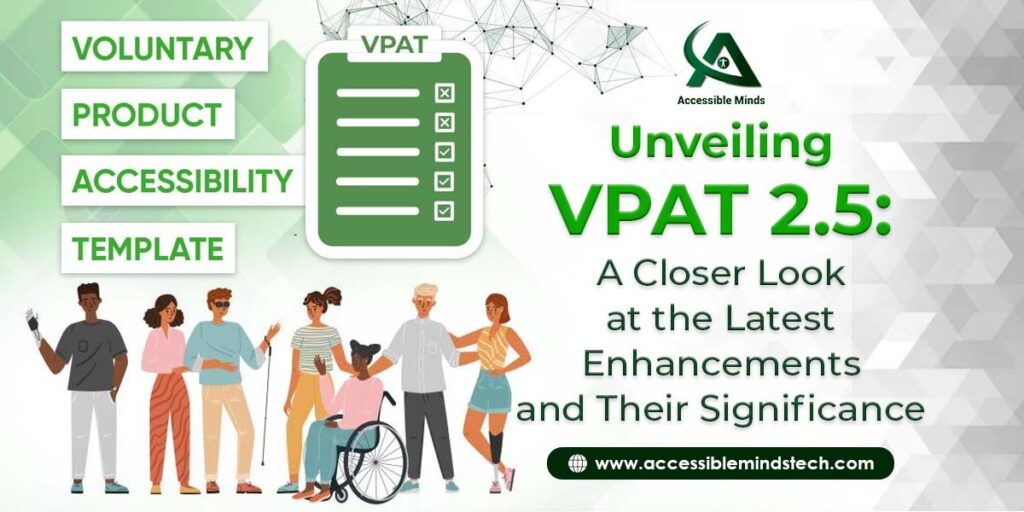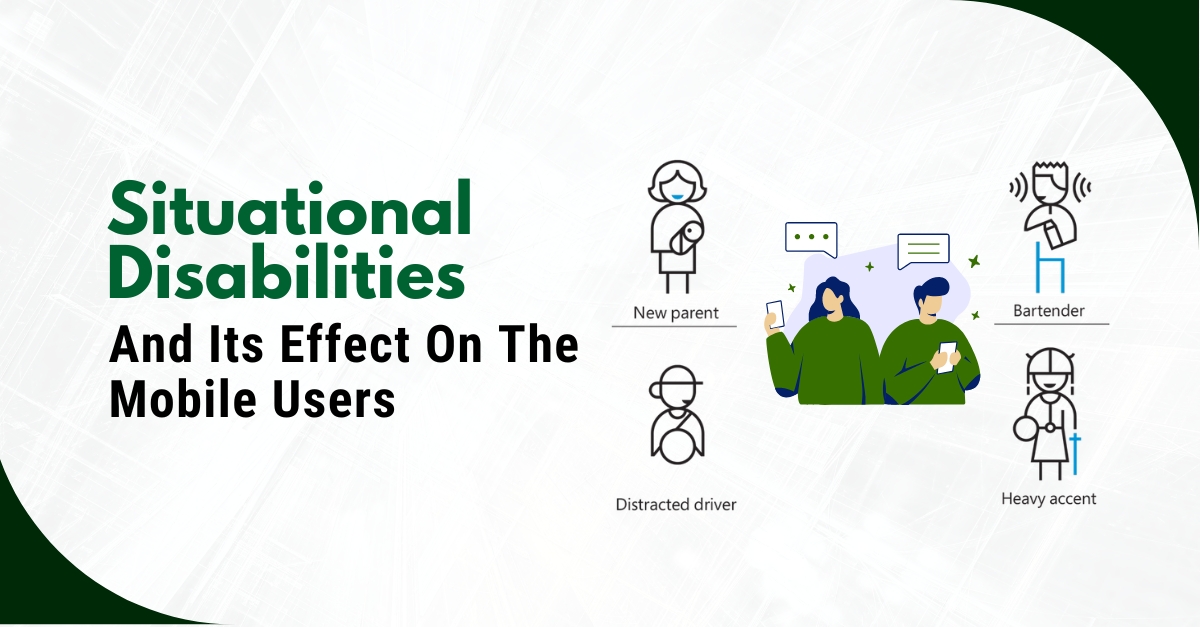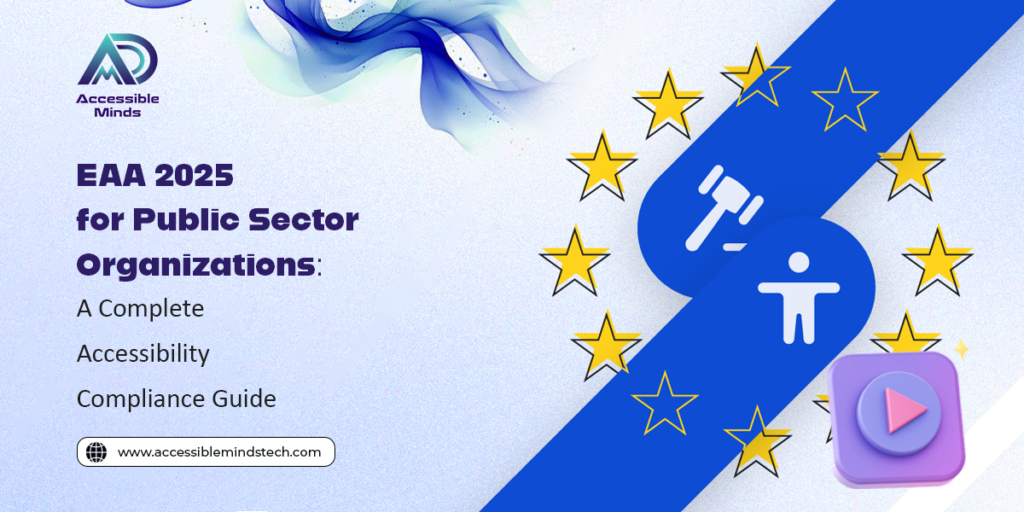Introduction:
In the realm of technology, ensuring accessibility is not merely an added feature but a necessity that underlines equal opportunities for all individuals. The impact of technology on our lives is extensive, yet its true value is realized only when it is accessible to everyone, irrespective of their abilities or disabilities.
In the pursuit of inclusivity, the importance of accessibility testing services, particularly Voluntary Product Accessibility Templates (VPATs), cannot be overstated. These reports act as comprehensive guides, detailing the level of accessibility a product or service offers for individuals with diverse needs. They illuminate areas of compliance and provide insights into how well a product caters to various disabilities, facilitating informed decisions in selecting inclusive tools.
Accessibility reports go beyond meeting standards; they are about fostering an environment where every user can fully participate. As technology progresses, so do the standards for inclusivity. The evolution of guidelines such as the Web Content Accessibility Guidelines (WCAG) reflects a commitment to accommodating the diverse requirements of individuals with disabilities in the changing technological landscape.
In this blog, we will delve into the significance of VPATs, unpack the key enhancements the new version 2.5 brings, and discuss why these advancements matter in creating a more inclusive learning environment for all.
Understanding VPATs:
The Voluntary Product Accessibility Template (VPAT) is a pivotal tool for evaluating the accessibility of Information and Communication Technology (ICT) products like software, hardware, applications, and digital platforms. Developed by the Information Technology Industry Council (ITI), VPATs provide a standardized reporting format that assesses how well a technology product conforms to accessibility standards and guidelines.
At its core, a VPAT offers a structured means for vendors to communicate the level of accessibility their products offer. This reporting format outlines how a product aligns with various accessibility criteria, such as the Web Content Accessibility Guidelines (WCAG) and other recognized standards. It classifies product features and functionalities, identifying areas of accessibility compliance and non-compliance.
The VPAT version 2.5, released in September 2023, builds upon its predecessors, continuing as a standardized reporting format while introducing crucial refinements that enhance the evaluation process.
What’s New in Version 2.5?
Version 2.5 strives to offer a more thorough evaluation, enhancing the reporting framework to provide stakeholders with a more profound insight into the accessibility of the product.
Streamlined Reporting Process: The reporting process is more streamlined, making it easier for developers and organizations to communicate the accessibility status of their products.
Harmonization with WCAG 2.1: VPAT 2.5 aligns with the Web Content Accessibility Guidelines (WCAG) 2.1, ensuring that the evaluation criteria are up-to-date with the latest accessibility testing standards.
Enhanced Detail and Granularity: The reporting structure allows for more detailed and nuanced evaluations of digital products, providing a comprehensive overview of accessibility features and limitations.
Improved Conformance Language: Refined conformance language offers clearer distinctions between different levels of accessibility, aiding in setting realistic expectations.
Better Support for Emerging Technologies: VPAT 2.5 enhances its support for evaluating the accessibility of emerging technologies, ensuring relevance in the face of evolving digital platforms.
Editions of VPAT 2.5:
VPAT 2.5 offers four distinct editions, each focusing on specific accessibility standards:
VPAT 2.5 508 Edition: Centers around the revised Section 508 standards, serving as the U.S. Federal accessibility standard.
VPAT 2.5 EU Edition: Designed in adherence to EN 301 549, the European Union’s Accessibility requirements suitable for ICT products and services in Europe.
VPAT 2.5 WCAG Edition: Focuses on the Web Content Accessibility Guidelines (WCAG), incorporating different versions based on specific standards.
VPAT 2.5 INT Edition: An inclusive edition incorporating standards from 508, EU, and WCAG, offering a holistic view of product accessibility.
What enhancements are introduced in WCAG 2.2 AA?
WCAG 2.2 AA builds on the existing WCAG 2.1 AA criteria, but it also introduces some important new features and changes. 9 additional success criteria have been added, addressing areas like:
3.2.6 Consistent Help: This ensures users can find help mechanisms easily and consistently across all pages. This means consistent placement and order of help options like contact details, FAQs, or self-help resources.
3.3.7 Redundant Entry: This ensures information is not required to be entered multiple times unless necessary (e.g., login credentials). This reduces user burden and avoids errors.
2.4.11 Focus Not Obscured (Minimum): This ensures keyboard focus indicators are always visible when an element has keyboard focus. This helps users navigate with screen readers or keyboards.
2.5.7 Dragging Movements: This ensures dragging functionality is accessible to keyboard users. This means keyboard shortcuts or alternative mechanisms are available for drag-and-drop actions.
2.5.8 Target Size (Minimum): This ensures clickable elements are large enough for easy interaction with fingers or assistive devices. This improves touch accessibility.
3.3.8 Accessible Authentication (Minimum): This ensures authentication mechanisms like login forms are accessible to users with disabilities. This includes support for screen readers and keyboard navigation.
2.4.12 Focus Not Obscured (Enhanced): This criterion goes beyond the minimum requirement of Level AA (2.4.11), which ensures the focused element is partially visible. At Level AAA, the entire focus indicator must be visible when a user interface component receives keyboard focus. This includes not only the outline or border around the element, but also any internal indicator like a highlight or animation.
2.4.13 Focus Appearance: This criterion further enhances focus visibility by ensuring the focus indicator has sufficient contrast with the surrounding content. This means the indicator should be visually distinct and easily identifiable, regardless of the user’s visual abilities or the background color.
Changes to existing criteria:
- Removal of 4.1.1 Parsing: This criterion, related to parsing content for assistive technologies, was deemed redundant and unnecessary.
- Clarification and refinement of existing criteria: Many existing criteria have been clarified and updated to reflect the latest technologies and best practices.
Other notable changes:
- Notes on different languages: WCAG 2.2 includes additional notes and resources on applying the guidelines to content in different languages and writing systems.
- Emphasis on mobile accessibility: The guidelines acknowledge the growing importance of mobile web experiences and provide additional considerations for mobile accessibility.
Impact of the Update:
The new update brings benefits for manufacturers, vendors, and end-users by improving the assessment and reporting of ICT products and services. For manufacturers and vendors, VPAT Version 2.5 offers a streamlined and standardized reporting format, enabling the creation of Accessibility Conformance Reports tailored to specific market standards and contractual requirements.
Structured reporting empowers vendors to transparently demonstrate their products’ adherence to accessibility standards, aiding buyers in making informed decisions that prioritize inclusivity. Simultaneously, it benefits end-users by promoting the availability of products and services with enhanced accessibility features.
Conclusion:
VPAT 2.5 represents a significant stride forward in digital accessibility testing services. Its refined reporting structure, harmonization with WCAG 2.1, enhanced granularity, improved conformance language, and better support for emerging technologies make it a crucial tool for organizations committed to inclusivity. As the digital landscape evolves, VPAT 2.5 stands as a valuable instrument in creating a more accessible and equitable digital experience for all.







